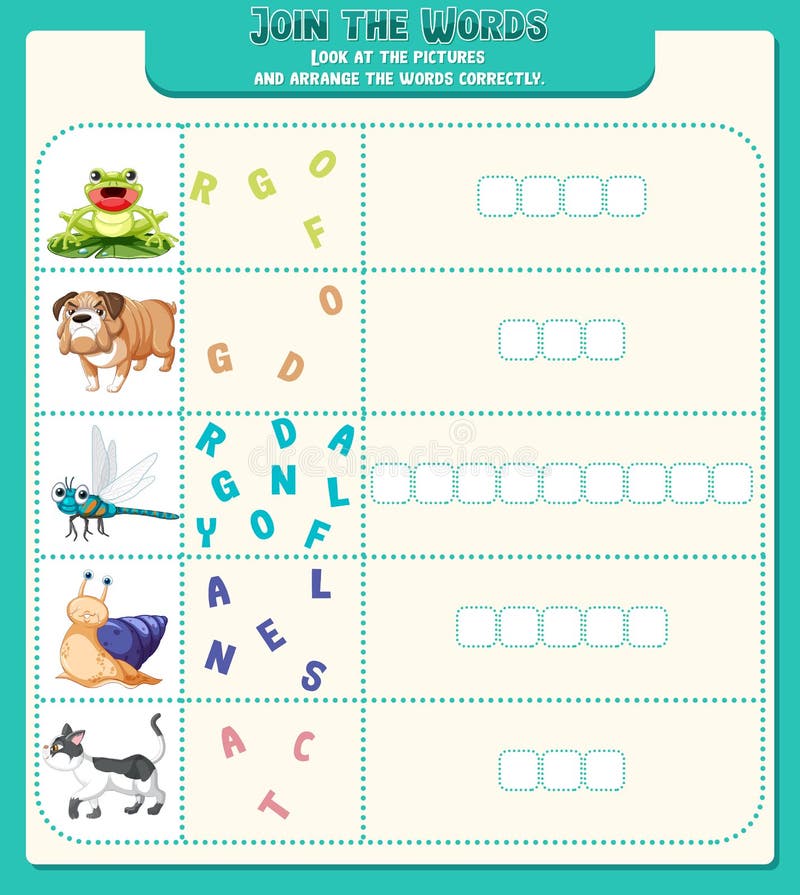
= Total Number of Places − Number of letters fixed in specific places ⇒ n RP


= Total Number of letters − Number of letters fixed in specific places ⇒ n RL Number of letters fixed each in its own placeĪfter fixing the specified letters in their respective places Number of places to be filled in forming the words Number of 7 letter words that can be formed with the letters of the word incomputably such that T occupies the middle place The number of ways in which the n L letters can be filled in the n P places with n FL letters fixed each in its own place ⇒ n Eįundamental Counting principle of Multiplication If a total event can be sub divided into two or more sub events all of which are independent, then the total number of ways in which the total event can be accomplished is given by the product of the number of ways in which each sub event can be accomplished. Number of permutations or arrangements of n RL items taking n RP items at a time Number of ways in which n RP places can be filled with the n RL letters Since each letter can be placed in a specific place only there is only one way this can be done whatever may be the number of letters being fixedįilling the remaining n RP places with the remaining n RL letters Number of ways in which this event can be accomplished Number of n P letter words that can be formed using n L letters by fixing n FL letters each in its own place is given byĪssume that the total event is divided into two sub-events.Īrranging the n FL letters each in its own place = Total number of places − Number of letters to be fixed = Total number of letters − Number of letters to be fixed N FL : Number of letters to be fixed each in its own placeĪfter fixing n FL letters each in its own place The number of 5 letter words that can be formed with the letters of the word subdermatoglyphic Number of ways in which the n L letters can be filled in the n P places ⇒ n E ⇒ SE 3 can be accomplished in n L − (n P − 1) waysīy the fundamental counting principle of multiplication, The n P th place can be filled with any one of the n L − (n P − 1) letters remaining after filling the first n P − 1 places ⇒ SE 3 can be accomplished in n L − 2 ways Placing a letter in the Third place The 3 rd place can be filled with any one of the remaining n L − 2 letters ⇒ SE 2 can be accomplished in n L − 1 ways Placing a letter in the Second place The 2 nd place can be filled with any one of the remaining n L − 1 letters

Placing a letter in the First place The 1 st place can be filled with any one of the available n L letters The total event can be divided into the sub-events of placing each letter in a place starting from the first. n P timesĮxplanation Forming a n P letter word with n L letters can be assumed as the act of arranging n L letters into n P places. ⇒ Number of permutations of n L items taking n P at a time ⇒ n LP n P ⇒ Number of words that can be formed using n L letters taking n P letters at a time Number of n P lettered words that can be formed using n L letters where all the letters are different Since the maximum length of the word that can be formed is limited to the number of letters available the number of letters in the word to be formed N P : Number of places to fill the letters i.e. If you run such a website yourself, then it can also be helpful to test for inputs where short blocked words are tested for shuffled letters.N L : Number of letters with which the words are to be formed For example, if a website blocks certain words in the comments, then by slightly rearranging the letters you can get by this block. This program can also be used to obscure a short message. For a string or a text fragment of length n, there are n! (n factorial) possible permutations of its letters (counting repeated letters). Another use case, is rearranging letters to create random permutations of the given strings or text. You can also remove some of the letters to make failing tests cases. The input data for the test cases can be the original text and the output can be rearranged text, or the other way around. For example, if you're writing tests for an algorithm that checks if a certain string can be created from another string of the same length but rearranged letters, then with this utility, you can create input and output tests cases.

A string letter shuffler can be useful if you're doing cross-browser testing.


 0 kommentar(er)
0 kommentar(er)
